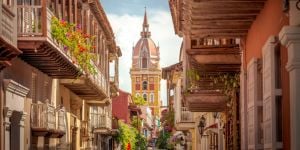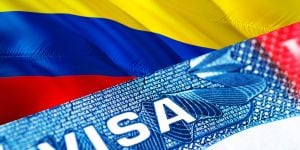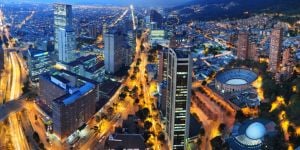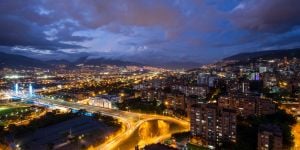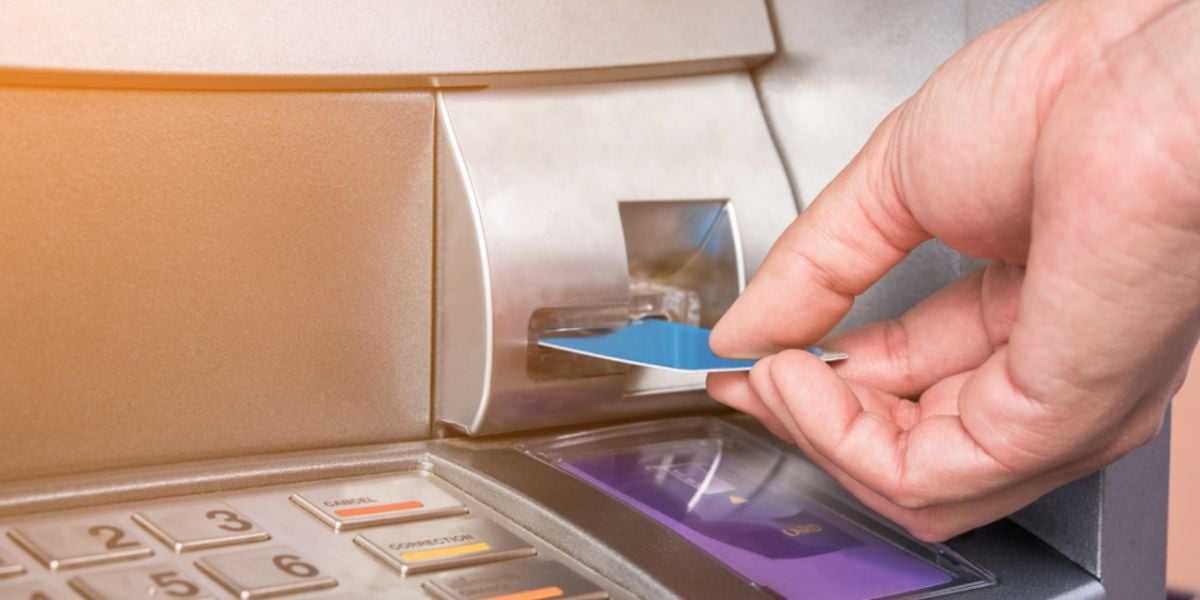
Colombia is an appealing location for expats because of the low cost of living. Though the cost of imported items is high, services and locally produced items remain very affordable. While foreigners living in Colombia may find it difficult to open a local bank account, there are other options for financial management.
Major cities have abundant ATMs and almost all businesses accept credit or debit cards. Therefore, some expats living in Colombia for shorter periods may find opening a local bank account unnecessary.
Opening a Bank Account
Expats living in Colombia for more than six months may wish to open a bank account. Because of money laundering concerns, banks have stringent policies about opening accounts for foreigners. Exact requirements will vary by bank, but any expat opening an account is required to have a cedula (resident ID) and show proof of where and how their money is earned.
- Cedula (resident ID card that is issued with any temporary TP visa)
- Proof of origin of your deposit. This may be provided through bank statements from your home country or your employment contract with a local company.
- A utility bill or lease agreement to verify your address
- Some banks may ask for references. If you are employed with a Colombian business, they will generally assist with this.
Good to know:
Checking accounts are not automatically approved. It can take up to a week to receive an approval letter. Credit and debit cards linked to an account must be retrieved from the bank in person.
Budgeting and Financial Management
For expats from Europe and North America, the cost of living in Colombia is low. That said, there are a couple of things to keep in mind. Imported products like specialty food or liquor, clothing, and electronics will be more costly. However, services such as in-home help, handymen, and beauty services will be comparatively less expensive.
Residential areas in Colombia are divided into socioeconomic estratos or strata. Each city is divided into three to six strata, where six is the highest and one is the lowest. The strata were designed to subsidize utilities, meaning that those living in the upper strata will pay more for electricity, water, and natural gas than those living in lower strata. There is also a correlation between the strata of a neighborhood and the cost of services, restaurants, and shops.
Useful Links:
Major Colombian Banks (all pages in Spanish):
We do our best to provide accurate and up to date information. However, if you have noticed any inaccuracies in this article, please let us know in the comments section below.




